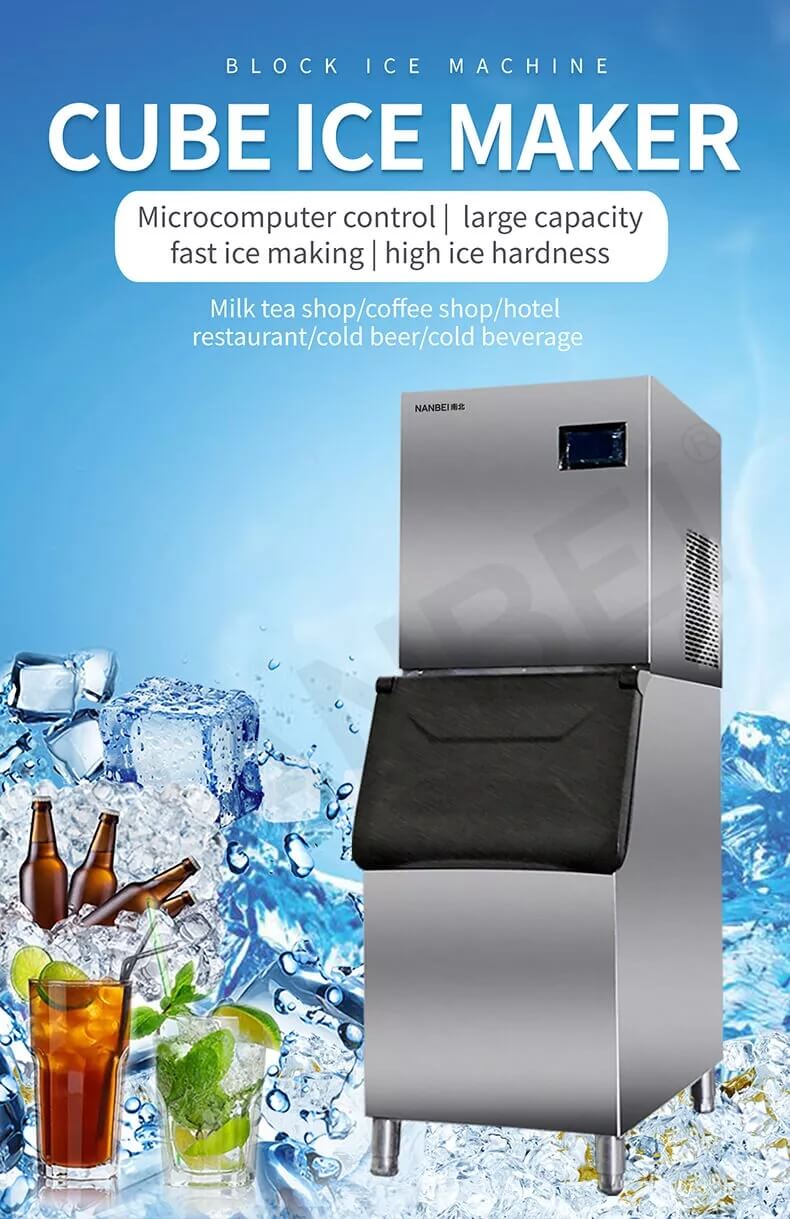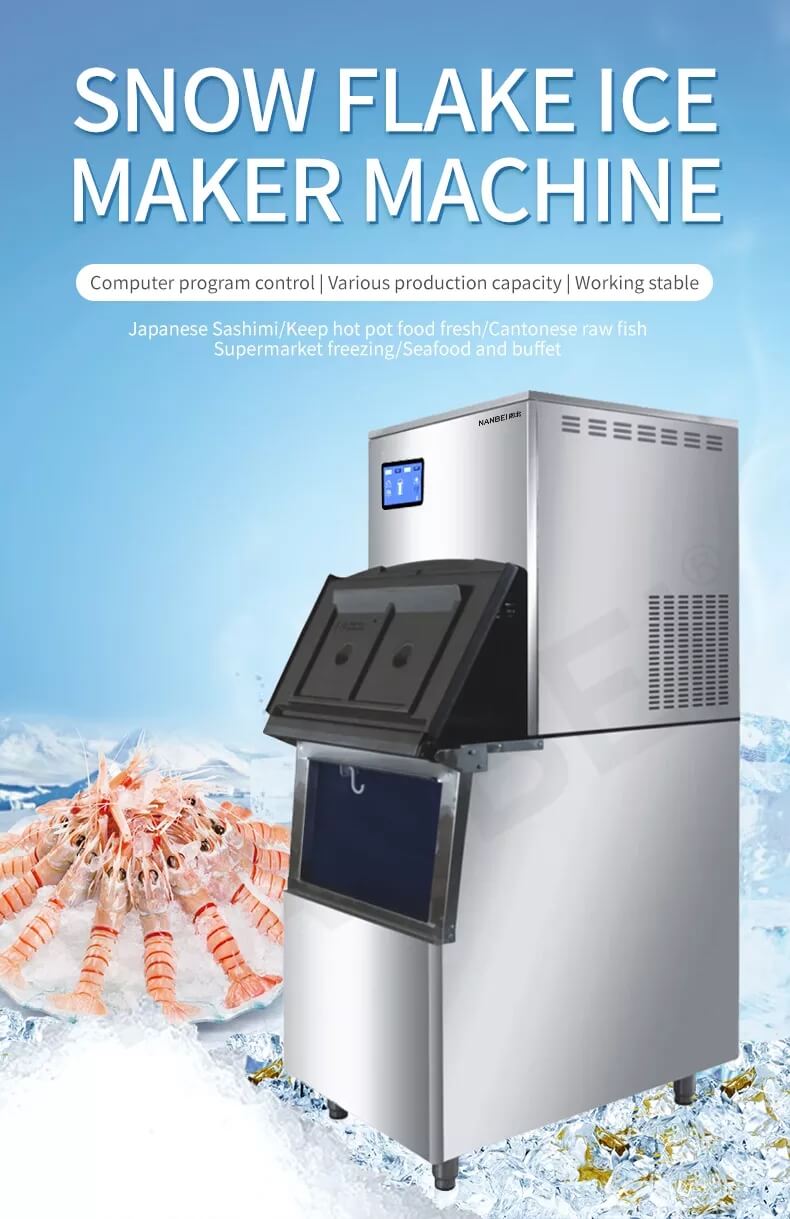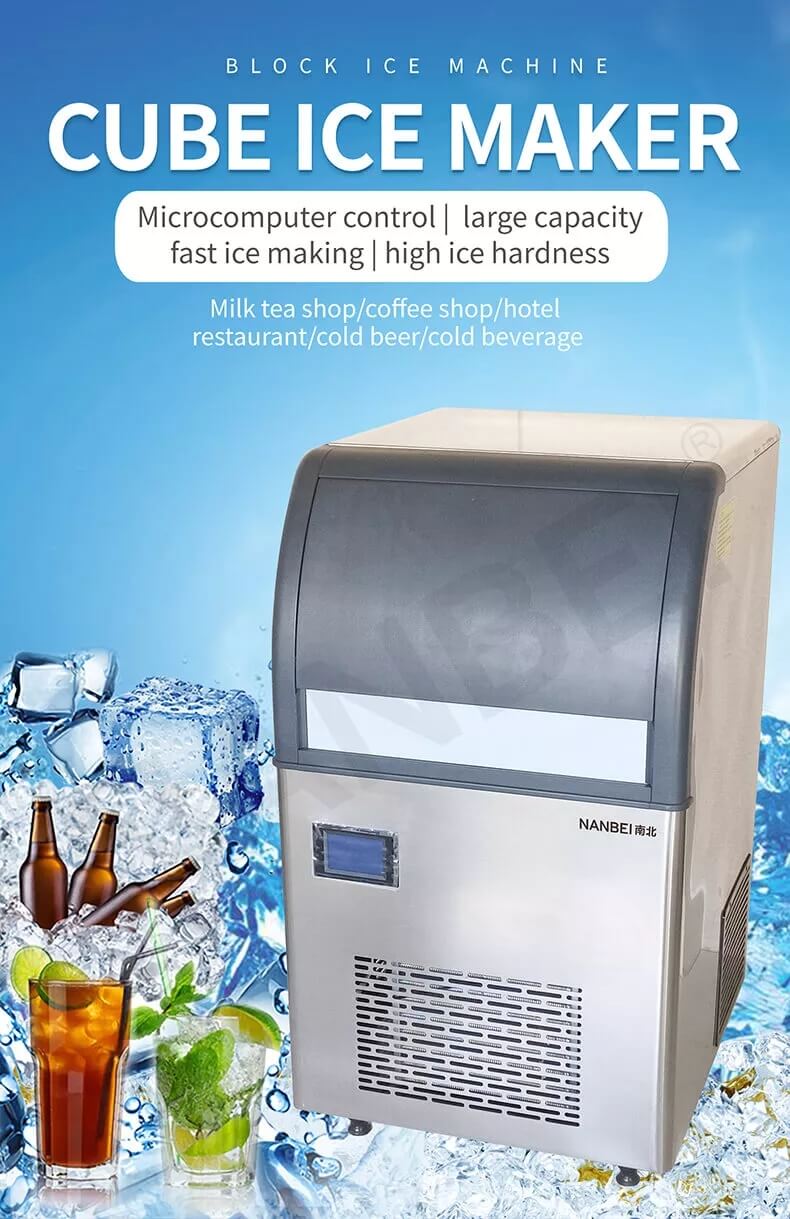The ice maker is a refrigeration mechanical equipment that uses the refrigerant of the refrigeration system to cool the water through the evaporator to produce ice. Based on the shape, people generally divide the ice machine into pellet ice maker, flake ice maker, plate ice maker, granular ice maker, cube ice maker and bullet ice maker.

The laboratory ice maker is mainly used to provide an ice bath environment for samples in life science related experiments to prevent samples from being contaminated. For example, preventing nucleic acids and proteins from degrading or deteriorating due to temperature changes to ensure the accuracy and validity of experimental results. In most cases, the samples are placed in containers such as EP tubes, centrifuge tubes or PCR tubes, and then the sample tubes are inserted into an ice bath to maintain the temperature through contact. Since the sample cannot be in direct contact with ice and needs to pass through the tube wall, the contact area between the tube wall and the ice bath is the guarantee of the ice bath effect. To better protect the sample, the contact area between the tube wall and the ice bath should be maximized.

Therefore, we usually choose snow flake ice making machine for laboratory use. The ice produced by this ice machine is broken flake ice. Because of the small particles, it can be in close contact with the tube wall to ensure the effect of ice bath. In the specific requirements of ice making, another very important point is that the flake ice needs 15-25% water content, which can greatly improve the high contact effect of the ice bath and the tube wall. The above is how to select a lab ice machine, hope it may be helpful.

Previous: No Information
Next: The FAI climbed 5.9 percent year-on-year in the first 11